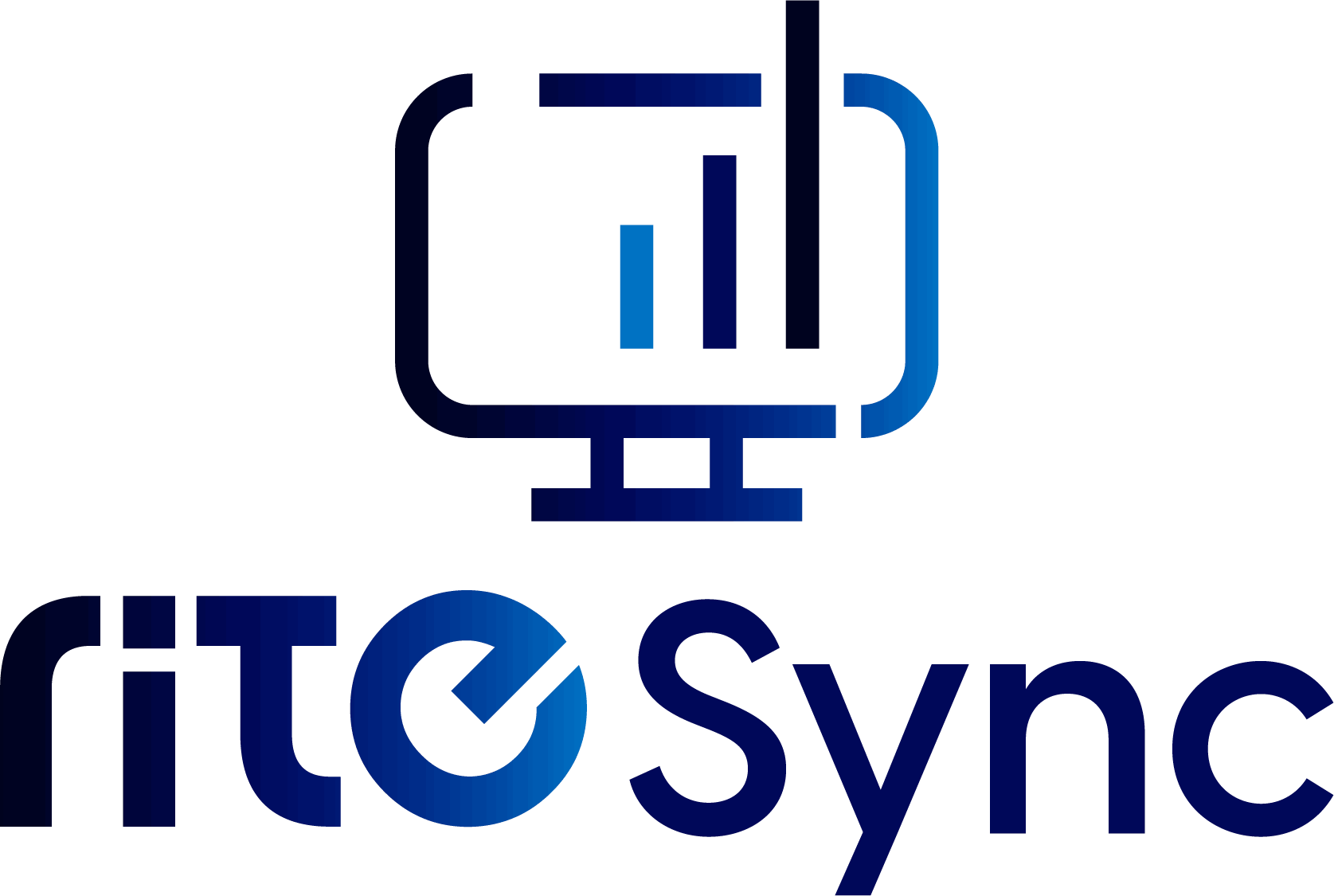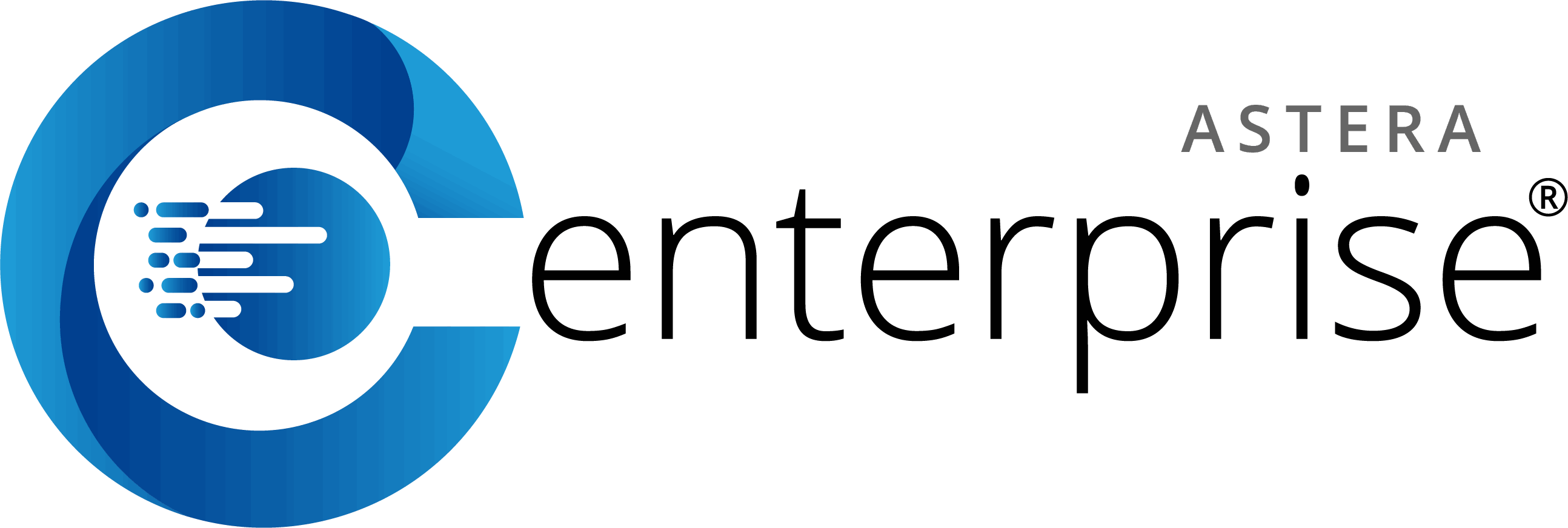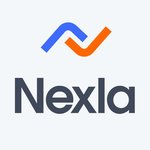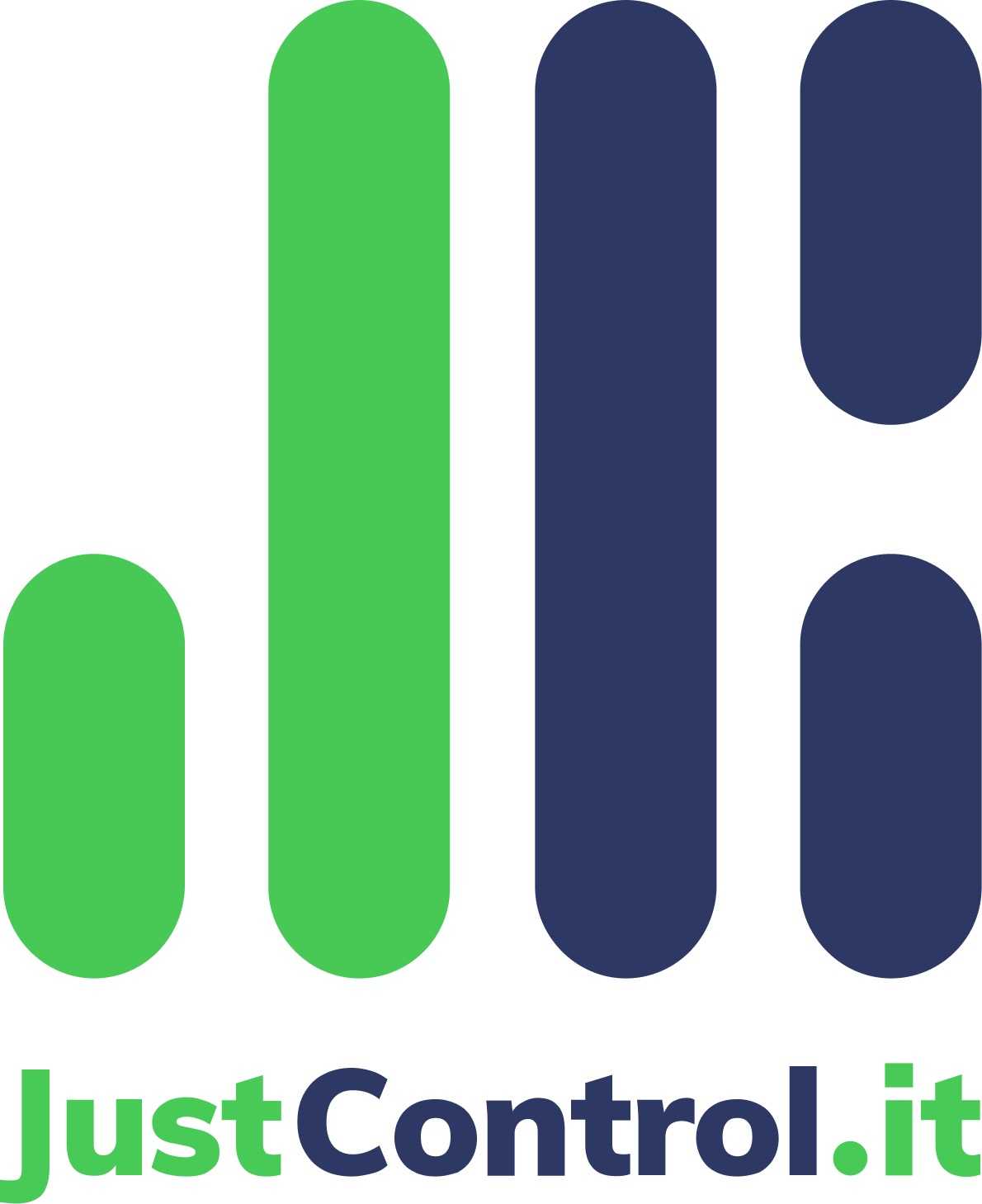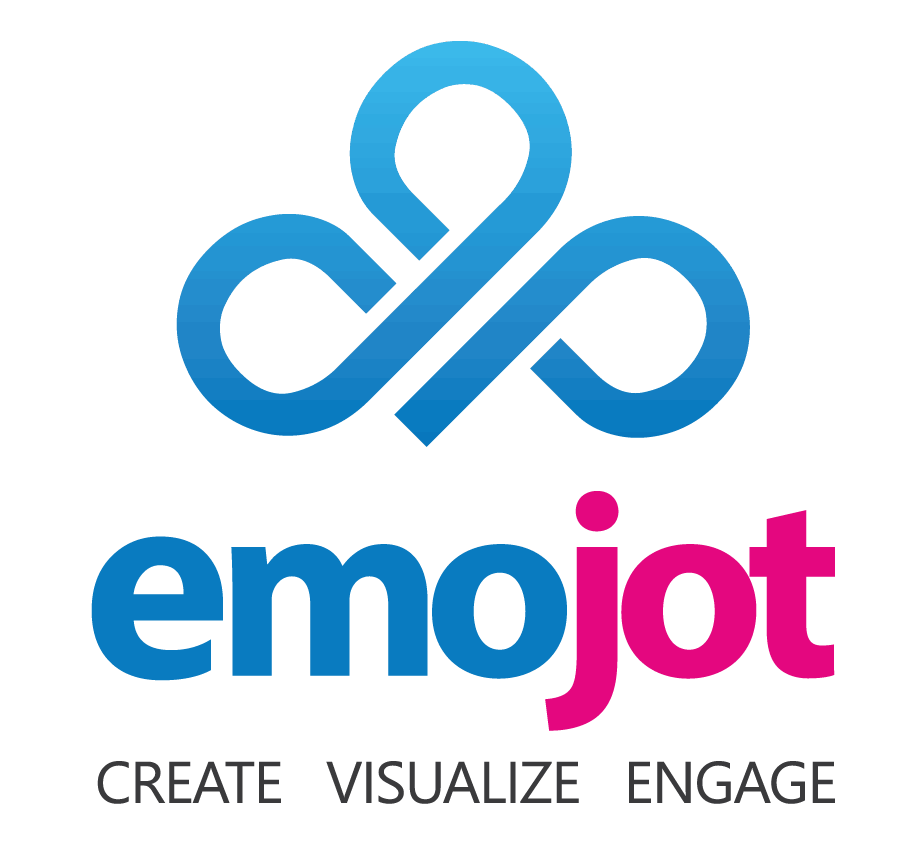What Is ETL Software?
Extract, Transform, and Load (ETL) software is an essential tool for companies trying to effectively handle and use massive volumes of data. Data extraction from several sources, format conversion, and loading into a target location for analysis and reporting are all handled by this software. Data extraction from sources like databases, files, apps, and webpages is the first step in the ETL process.
To guarantee quality and consistency, this data is subsequently cleaned, filtered, and formatted into a standard. Data conversion, data mapping, and data validation are some of the processes involved in this transformation. Following transformation, the data is loaded into a target location, which may be a business intelligence tool, data lake, or warehouse.
For insights, reporting, and decision-making, this enables companies to examine and display the data. ETL software's capacity to manage massive amounts of data from various sources and convert them into a common format, which facilitates analysis and the extraction of valuable insights, is one of its main benefits. Because manually gathering and combining data from multiple sources may be a time-consuming and error-prone operation, this can save firms a substantial amount of time and money.
Additionally, ETL software provides sophisticated capabilities like data lineage, data profiling, and data quality checks, which reassure companies about the completeness and accuracy of their data. Furthermore, some ETL software enables real-time or nearly real-time data processing, guaranteeing that companies have access to the most recent data for making decisions.
It's crucial to consider aspects like ETL software's pricing, scalability, support for many data formats, and compliance with your data sources. Making ensuring the software has data security features to safeguard private data is also essential. To sum up, ETL software is a strong and necessary tool for companies that handle a lot of data.
Businesses may more easily use their data for better decision-making and business intelligence since it simplifies the data integration and transformation process. A successful and effective data management strategy for your company can result from careful research and assessment of the features and capabilities of ETL software.
What Are The Recent Trends In ETL Software?
Extract, Transform, Load (ETL) software has been a vital tool for businesses trying to optimize their data management and integration procedures. The need for more sophisticated and effective ETL solutions keeps rising as technology develops. We will examine some of the most recent developments in ETL software in this buyer's guide, which are influencing the market and assisting companies in efficiently managing massive amounts of data.
1. Cloud-Based ETL Solutions: Because of their affordability and scalability, cloud-based ETL solutions have been incredibly popular in recent years. Having an ETL solution that can extract, process, and load data from a variety of cloud-based sources, such SaaS apps or data warehouses, makes sense as more and more businesses move their data to the cloud.
2. Real-Time Data Processing: In the past, ETL procedures were made to handle massive amounts of data overnight in batches. However, the ETL sector has moved toward real-time data processing due to the growing need for real-time insights. Businesses can process and analyze data as it is generated with real-time ETL, giving them instant insights and facilitating quicker decision-making.
3. Data Quality And Governance: It is impossible to undervalue the significance of data quality and governance since enterprises' top concerns are data privacy and compliance. Features that guarantee data is cleaned, standardized, and validated prior to being put into the data warehouse are now included in ETL software. Additionally, companies can regulate the management and dissemination of data within the organization by implementing data governance regulations.
4. Automation: Because it minimizes errors, increases productivity, and reduces human labor, automation has emerged as a major trend in ETL software. Businesses can save time and money by automating time-consuming procedures like data mapping and transformation as well as streamlining ETL processes.
5. Advanced Analytics: ETL software is developing to incorporate advanced analytics features like data modeling, data profiling, and predictive analytics as data becomes increasingly important for business decision-making. These characteristics give companies a competitive edge in the market by empowering them to make data-driven decisions and get deeper insights.
Benefits Of Using ETL Software
In the realm of data integration, ETL (Extract, process, and Load) software is essential because it enables businesses to effectively extract, process, and load massive amounts of data from several sources into the intended target locations. Businesses hoping to make data-driven decisions and extract insightful information from their data must follow this procedure. In order to assist you comprehend the value of ETL software and make an informed choice for your company,
1. Automates The Process Of Data Integration: The capacity of ETL software to automate the data integration process is one of its main advantages. Conventional manual data integration techniques can be laborious, prone to mistakes, and necessitate technical know-how. ETL software allows you to save time and effort by automating the process of extracting data from various sources, converting it into a format that can be used, and then loading it into your intended location.
2. Enhances The Quality Of Data: Built-in capabilities in ETL software guarantee the correctness and quality of the data. In order to find and fix any inconsistencies in the data, this involves data validation, data cleansing, and data profiling. Enhancing data quality makes your data a trustworthy source for decision-making because you can trust the insights it yields.
3. Facilitates Integration: Data in Real Time Organizations must make decisions quickly due to the growing amount of data. By integrating data in real-time, ETL software enables you to always have access to the most recent information. This is particularly helpful for sectors where making business decisions requires real-time data, like finance and e-commerce.
4. Flexibility And Scalability: The amount and diversity of data you collect increases with the size of your company. ETL software offers the flexibility and scalability needed to manage massive amounts of data from several sources. It is a flexible solution for various business requirements because it also permits customizations and integrations with other tools and apps.
5. Cost-Effective: ETL software might be less expensive than traditional approaches when it comes to data integration. Organizations may need to make costly investments in additional resources and technical know-how while using manual processes. ETL software saves firms time and money by removing the need for these resources and streamlining the integration process.
6. More Effective: Decision-Making Getting useful insights and making wise business decisions are the ultimate goals of data integration. Better, data-driven judgments might result from using ETL software since you can trust the data being used for decision-making. This can assist your company achieve its goals and objectives and offer it a competitive edge.
Important Factors To Consider While Purchasing ETL Software?
To make the best choice when buying ETL (Extract, Transform, Load) software, it is crucial to take into account a number of aspects. Choosing the correct ETL software is essential for the success of your company since it is a fundamental tool for data integration, cleansing, and preparation. When buying ETL software, you should consider the following crucial factors:
1. Compatibility: The ETL program you select needs to work with the systems and data sources you currently have. It should be capable of smoothly transforming and loading data into your target systems after extracting it from a variety of databases, files, and applications.
2. Scalability: The volume and complexity of your data will grow along with your business. As a result, it is crucial to take into account the ETL software's scalability to ensure that it can accommodate your growing data processing requirements without experiencing any performance problems.
3. Data Security: Given the rise in cyberthreats and worries about data privacy, data security ought to be a primary focus. To protect your sensitive data, the ETL software should include strong security features including data masking, encryption, and access controls.
4. Usability: In order for non-technical individuals to utilize ETL software with ease, it should be easy to use. To streamline and expedite your data integration procedures, look for features like drag-and-drop interfaces, pre-built connectors, and user-friendly visual workflows.
5. Data Governance: Accurate corporate decision-making depends on high-quality data. To guarantee that your data is correct, consistent, and current, the ETL software should have data governance tools like data profiling, data cleansing, and data lineage.
6. Cost: Since ETL software can be pricey, it's critical to weigh the program's capabilities and advantages against its price. To calculate the total cost of ownership, take into account the price type (perpetual license or subscription), implementation expenses, and continuing maintenance costs.
7. Customer Support: For any software purchase, post-buy assistance is essential. Make sure the ETL software provider includes training, documentation, and troubleshooting services to address any potential problems, as well as dependable customer support. You may choose the best ETL software that satisfies your business needs and helps you transform your data into insights that can be put to use by taking these aspects into account. Spend some time weighing your options and selecting an ETL solution that will improve data quality, increase efficiency, and streamline your data integration procedures.
What Are The Key Features To Look For In ETL Software?
To integrate, transfer, and organize data from several sources, firms need ETL (Extract, Transform, Load) software. Selecting the appropriate ETL software is essential due to the growing volume of data being generated and the requirement for precise and prompt analysis.
When assessing ETL software for your company, keep the following features in mind:
1. Data Extraction Capabilities: The ETL process begins with the extraction of data from many sources, including files, databases, and applications. Making ensuring the software you select can manage a variety of data sources, including both structured and unstructured data, is essential.
2. Data Transformation Tools: The data must be converted into a format that can be used after it has been extracted. Seek out ETL software that provides a range of transformation capabilities, including data conversion, data mapping, and data cleaning. You can better prepare your data for analysis and reporting with the aid of these features.
3. Usability: Both technical and non-technical users should be able to complete jobs with ease thanks to ETL software's straightforward and user-friendly design. For a seamless data integration procedure, look for software with a visual interface and drag-and-drop capabilities.
4. Scalability: Your company's data requirements will expand along with it. Select ETL software that can manage high data volumes without sacrificing efficiency. Additionally, it must to be scalable in order to accommodate future data needs.
5. Data Quality And Governance: To guarantee the precision and dependability of the data being loaded into your system, good ETL software should come with built-in data quality checks and governance tools. This is particularly crucial when working with regulated or sensitive data.
6. Integration With AI aAd Analytics Applications: For data analysis and reporting, ETL software is commonly used to feed data into business intelligence (BI) and analytics applications. To help you make more educated business decisions, ensure sure the software you select allows integration with these tools.
7. Data Security: Selecting ETL software with strict data security features is essential given the increase in cybersecurity risks. To shield your data from unwanted access, look for features like data masking, access limits, and encryption.
8. Customer Support: Because ETL software can be complicated, having first-rate customer service and technical support when required is crucial. Seek out a supplier that provides thorough customer service, including live help, manuals, and tutorials.
Why Do Businesses Need ETL Software?
There are several reasons why businesses want ETL (Extract, Transform, Load) software. These solutions are made especially to assist businesses in effectively gathering, converting, and loading vast volumes of data from several sources into a single data warehouse. Let's examine why companies need ETL software and its advantages in more detail.
1. Data Consolidation: Businesses must manage enormous volumes of data from various sources, including social media, e-commerce platforms, customer databases, and more, in today's digital environment. In order to make it easier for organizations to access and analyze this data, ETL software is essential in combining it into a single repository.
2. Time And Cost Savings: Extracting, converting, and importing data by hand can be a laborious and time-consuming procedure. By automating these processes, ETL software helps businesses save time and money by lowering the amount of time and resources needed to handle data.
3. Data Cleaning: Errors, duplication, and inconsistencies may be present in raw data obtained from several sources. ETL software assists in locating and resolving these problems, guaranteeing that companies have accurate and clean data for improved decision-making.
4. Data Consistency And Quality: Businesses must ensure data consistency and quality when using diverse data sources. ETL software ensures that firms can make well-informed decisions based on trustworthy data by standardizing data formats, removing redundancies, and maintaining data integrity.
5. Business Intelligence And Analytics: ETL software is important for business intelligence and analytics in addition to aiding with data management. Businesses can more easily examine and obtain important insights that can spur growth and profitability by organizing and combining data.
6. Real-Time Data Processing: Access to real-time data may be delayed by the laborious nature of traditional manual data management techniques. Businesses may process data in real-time with ETL software, providing them with precise and timely insights into their operations.
How Much Time Is Required to Implement ETL Software?
A number of variables can affect how long it takes to develop ETL (Extract, Transform, Load) software. These include the intricacy of your data sources, the volume of data being processed, the team's experience and resources, and any needs for integration or modification. In general, the implementation time will increase with the size and complexity of your data environment.
A simple ETL software solution may often be implemented in a few weeks to a few months. Planning, installation, configuration, and testing time are all included in this. The implementation period may take six to twelve months for larger and more complicated environments. The data identification and mapping stage is usually the first step in the implementation process. During this phase, the ETL software team collaborates with your company to identify the sources of your data and develop a strategy for extracting and transforming it.
After the software has been installed and configured, testing and fine-tuning can finally be done. It is crucial to remember that any obstacles or difficulties that may come up during the process may also have an impact on the implementation schedule. These may include problems with integration, technical constraints, and data quality. To overcome these obstacles and maintain the implementation's momentum, a committed project team and open lines of communication are essential.
What Is The Level Of Customization Available In ETL Software?
One effective technology that is frequently used in the data integration process is ETL (Extract, Transform, Load) software. By extracting data from several sources, converting it into a format that can be used, and then loading it into a target system, it enables organizations to gain insightful information and make well-informed decisions. The degree of customization offered is one of the most important factors to take into account when buying ETL software. The capacity to alter software to satisfy particular business needs is referred to as customization. In today's cutthroat business environment, a one-size-fits-all approach might not be enough. Therefore, before making a purchase, it is essential to comprehend the degree of customisation that ETL software offers.
The following are a few typical modification choices found in ETL software:
1. Customization Of The User Interface: The majority of ETL software enables customization of the user interface, enabling companies to tailor the program to their own tastes. To enhance the user experience, this may entail altering the text size, color scheme, and layout.
2. Data Transformation: A key component of ETL software is data transformation, and the majority of solutions offer a variety of techniques to change data according to particular business needs. Data cleansing, sorting, combining, and other operations may fall under this category. Custom coding may even be possible with certain software to produce intricate conversions.
3. Data Source Integration: Spreadsheets, databases, and cloud-based systems are just a few of the data sources that ETL software can integrate with. Nevertheless, companies might have distinct data sources that aren't accommodated by conventional systems. To integrate with the preferred data source in these situations, ETL software could offer choices for unique connectors or APIs.
4. Performance And Scalability: As companies expand, so do their data requirements, necessitating a reliable and expandable solution. ETL software may offer performance-enhancing customization features including segmentation, parallel processing, and efficient data loading. This enables companies to effectively manage massive amounts of data.
5. Third-Party Integration: Analytics platforms, reporting applications, and data warehouses are just a few examples of the third-party technologies that ETL software can interface with. Businesses may, however, have particular needs for these integrations, which can be satisfied with customisation choices, guaranteeing smooth data transfer between systems.
Which Industries Can Benefit The Most From ETL Software?
Any company that wants to efficiently handle, examine, and use massive amounts of data must have ETL (Extract, Transform, Load) software. With the help of this program, data can be easily extracted from a variety of sources, formatted for use, and then loaded into a specific place for additional analysis. ETL software is now essential for businesses in a variety of industries due to the growing significance of data and analytics in decision-making.
The following sectors stand to gain the most from the use of ETL software.
1. Retail: Online transactions, point-of-sale systems, consumer data, supply chain operations, and other sources all contribute to the enormous volume of data generated by the retail sector. ETL software gives merchants a thorough understanding of their business by collecting, cleaning, and combining this data. This enables them to monitor inventories, spot trends, enhance pricing tactics, and customize the client experience.
2. Finance: In order to make well-informed judgments, precise and timely data is essential. In order to establish a single source of truth, ETL software simplifies the process of gathering and combining data from various sources, including trading systems, accounting software, and market data. This makes it possible for financial organizations to better forecast, do risk analysis, and adhere to legal and regulatory obligations.
3. Healthcare: Since the healthcare sector handles sensitive patient data, data management and integration are of utmost importance. ETL software facilitates the aggregation of data from insurance databases, electronic health records, and other sources for healthcare businesses. Analyzing population health, enhancing patient outcomes, and controlling expenses can all be done with this data.
4. Manufacturing: Businesses in this sector frequently handle large amounts of both structured and unstructured data from a variety of sources, including sensors, machinery, inventory control systems, and more. Manufacturers can make data-driven decisions to optimize operations, enhance supply chain management, and cut costs by using ETL software to help streamline data integration.
5. Marketing: To target the appropriate audience, gauge campaign success, and improve tactics, marketing departments mostly rely on data. Marketers can centralize data from several sources, such as social media, email marketing, web analytics, and CRM systems, by using ETL software. They are able to track ROI, develop more successful programs, and enhance client engagement as a result.
Conclusion
To sum up, selecting the best ETL software for your company is an important choice that will have a big influence on your data transformation and integration procedures. You may reduce your selections and choose the one that best suits your demands by taking into account elements like functionality, scalability, affordability, and ease of use. It's crucial to take into account the software provider's reputation, client testimonials, customer service, and training programs when you're making your choice.
Additionally, consider any future requirements that may arise and make sure the program can grow and change with your company. Recall that ETL software is essential for optimizing your data processing and producing insightful business insights. You may start your data integration journey with confidence and successfully accomplish your objectives if you have the appropriate tools. We wish you well in your search for ETL software and hope that this buyer's guide has given you the knowledge you need to make an informed choice.










